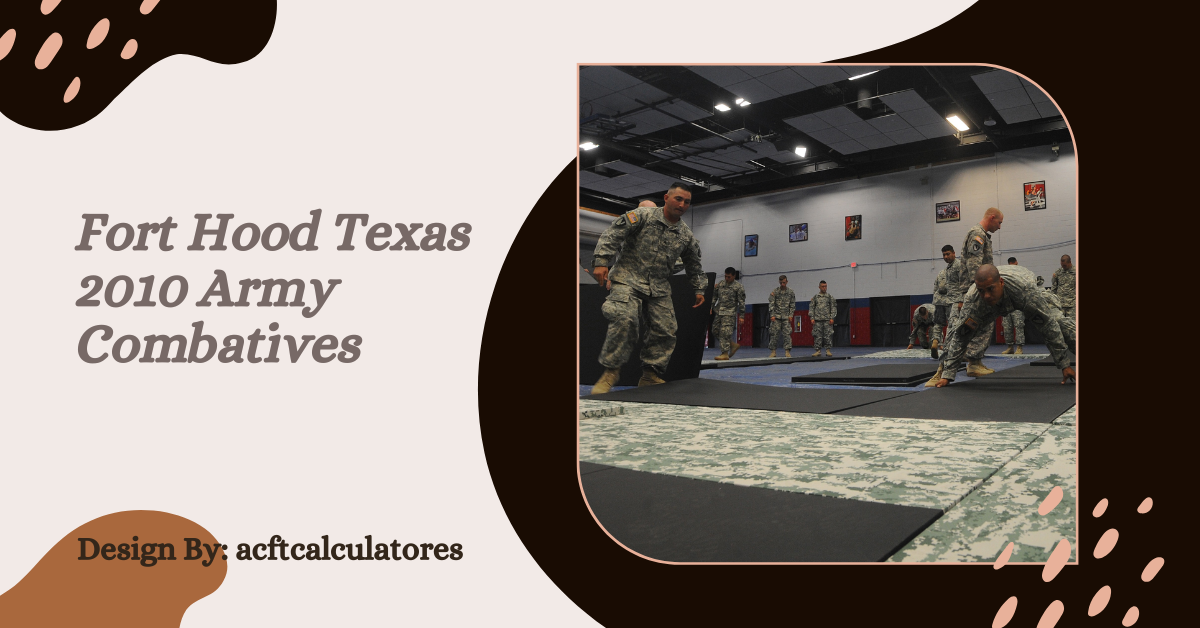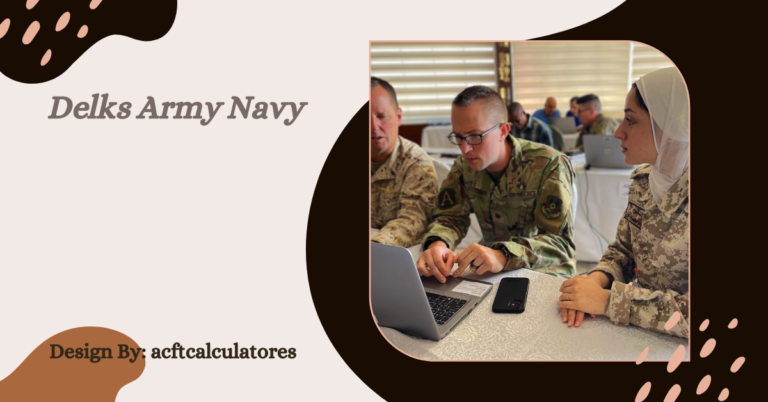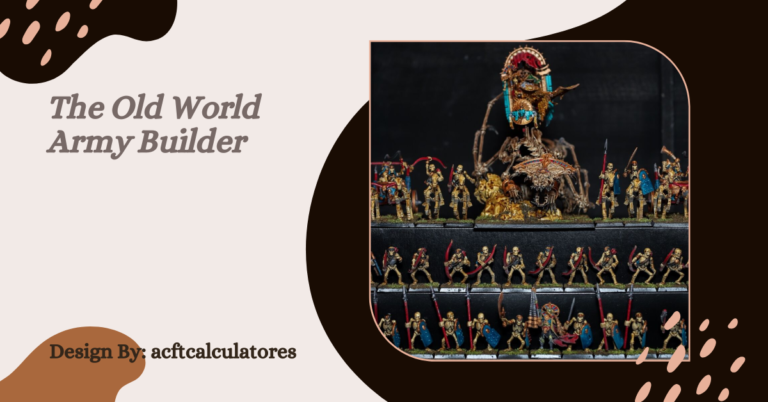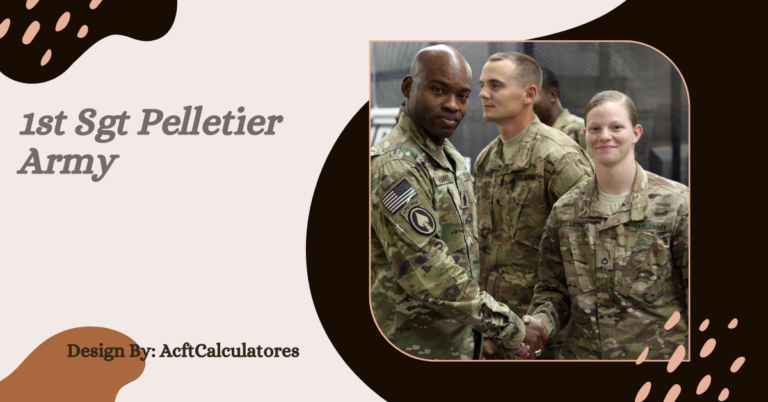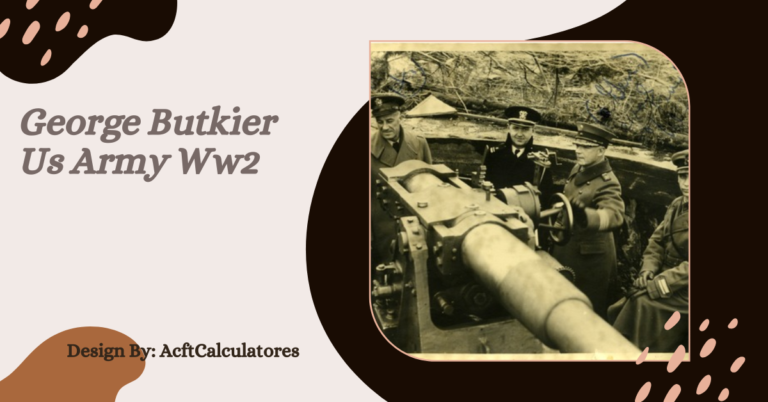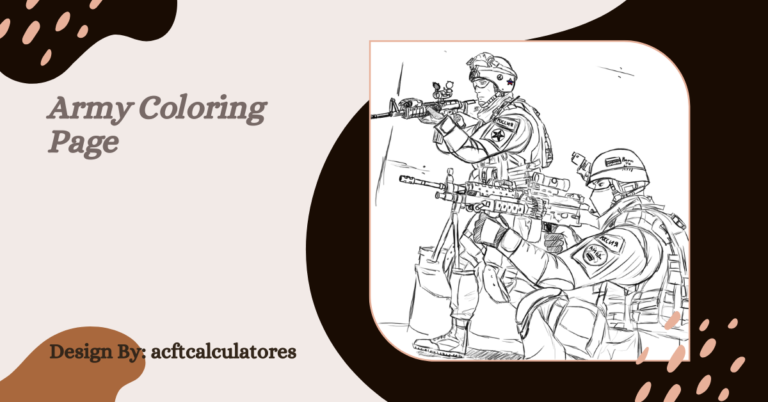Fort Hood Texas 2010 Army Combatives – A Testament to Combat Training Excellence!
Fort Hood, Texas, is known as one of the largest military installations in the world, a hub of strategic operations and rigorous training. In 2010, the Army Combatives program at Fort Hood gained significant attention as a crucial component of soldier readiness. This program combined physical prowess with tactical combat skills to prepare soldiers for real-world scenarios.
This article delves into the essence of the 2010 Army Combatives program at Fort Hood, highlighting its objectives, structure, and enduring impact.
Table of Contents
Introduction to Army Combatives
The Army Combatives program is a hand-to-hand combat training initiative designed to equip soldiers with essential close-quarters combat skills. In 2010, this training at Fort Hood emphasized resilience, adaptability, and readiness for various combat scenarios. The program aimed to develop soldiers who could confidently defend themselves and execute missions effectively in high-pressure environments.
Why 2010 Was a Landmark Year
The year 2010 marked a period of refinement and innovation for Army Combatives at Fort Hood. The program saw advancements in techniques, expanded participation, and increased focus on integrating combatives into broader military training.
Increased Relevance
The evolving nature of warfare in the 2000s highlighted the importance of close-quarters combat. Soldiers needed to be prepared not only for traditional battles but also for urban and guerrilla warfare situations.
Enhanced Techniques
The 2010 program introduced advanced Brazilian Jiu-Jitsu moves, grappling techniques, and striking strategies, making it one of the most comprehensive combatives training modules of its time.
Structure of the 2010 Army Combatives Program
Levels of Training
The program was divided into four progressive levels:
- Basic Combatives Course (Level I): Focused on foundational moves, such as clinching and controlling an opponent.
- Tactical Combatives Course (Level II): Introduced more complex techniques, emphasizing submissions and situational awareness.
- Advanced Combatives (Level III): Taught advanced grappling and weapon integration.
- Master Combatives Trainer Course (Level IV): Trained soldiers to become combatives instructors.
Realistic Scenarios
Simulated combat environments, including mock urban warfare settings, were used to ensure soldiers could apply techniques under realistic conditions.
Key Objectives of the Program
- Build Confidence: Empower soldiers to handle high-stress combat scenarios.
- Improve Physical Fitness: Enhance strength, agility, and endurance.
- Instill Discipline: Foster mental toughness and discipline critical for combat success.
- Enhance Team Cohesion: Promote trust and camaraderie through group training exercises.
Competitions and Recognition
Fort Hood also hosted competitive Army Combatives tournaments in 2010. These events allowed soldiers to showcase their skills, fostering a sense of pride and achievement. Winners of these competitions often progressed to represent Fort Hood in larger military combatives championships.
Impact on Soldier Readiness
The 2010 Army Combatives program at Fort Hood significantly contributed to soldier readiness. By emphasizing practical, adaptable skills, the program ensured that soldiers were equipped to handle unpredictable challenges in combat zones.
Soldiers reported improved confidence, better situational awareness, and enhanced physical and mental resilience as a result of their training.
Legacy of the 2010 Fort Hood Combatives Program
The 2010 iteration of the program left an indelible mark on the Army’s approach to close-quarters combat training. Its success inspired updates to the Army Combatives Manual and influenced training practices across other military installations.
FAQ’s
1. What is the Army Combatives Program?
It is a hand-to-hand combat training initiative that equips soldiers with essential close-quarters combat skills.
2. Why was 2010 significant for Army Combatives at Fort Hood?
The program saw advancements in techniques, increased participation, and integration into broader military training.
3. What techniques were introduced in the 2010 program?
Advanced Brazilian Jiu-Jitsu, grappling techniques, and striking strategies were added to the curriculum.
4. How was the training structured?
The program was divided into four levels, progressing from basic moves to advanced tactics and instructor training.
5. What were the key objectives of the 2010 Army Combatives program?
The goals included building confidence, improving physical fitness, instilling discipline, and enhancing team cohesion.
6. Did Fort Hood host any events related to combatives in 2010?
Yes, Fort Hood hosted competitive Army Combatives tournaments, showcasing soldiers’ skills and fostering pride.
7. How did the program contribute to soldier readiness?
It prepared soldiers for high-stress combat scenarios, improved situational awareness, and enhanced physical and mental resilience.
8. What legacy did the 2010 Fort Hood Combatives program leave?
The program inspired updates to the Army Combatives Manual and influenced training practices across other military installations.
9. What types of scenarios were included in the training?
Simulated combat environments, including mock urban warfare settings, were used to ensure realistic application of techniques.
10. How does the program reflect the military’s commitment to readiness?
It emphasized rigorous training, innovative techniques, and teamwork, ensuring soldiers are adaptable and mission-ready.
Conclusion
The Fort Hood, Texas, 2010 Army Combatives program exemplified the military’s commitment to preparing soldiers for the complexities of modern warfare. Through rigorous training, innovative techniques, and a focus on both individual and team development, the program set a high standard for combat readiness. Today, its principles continue to shape Army Combatives training, ensuring that soldiers remain resilient, adaptable, and mission-ready in any scenario.

